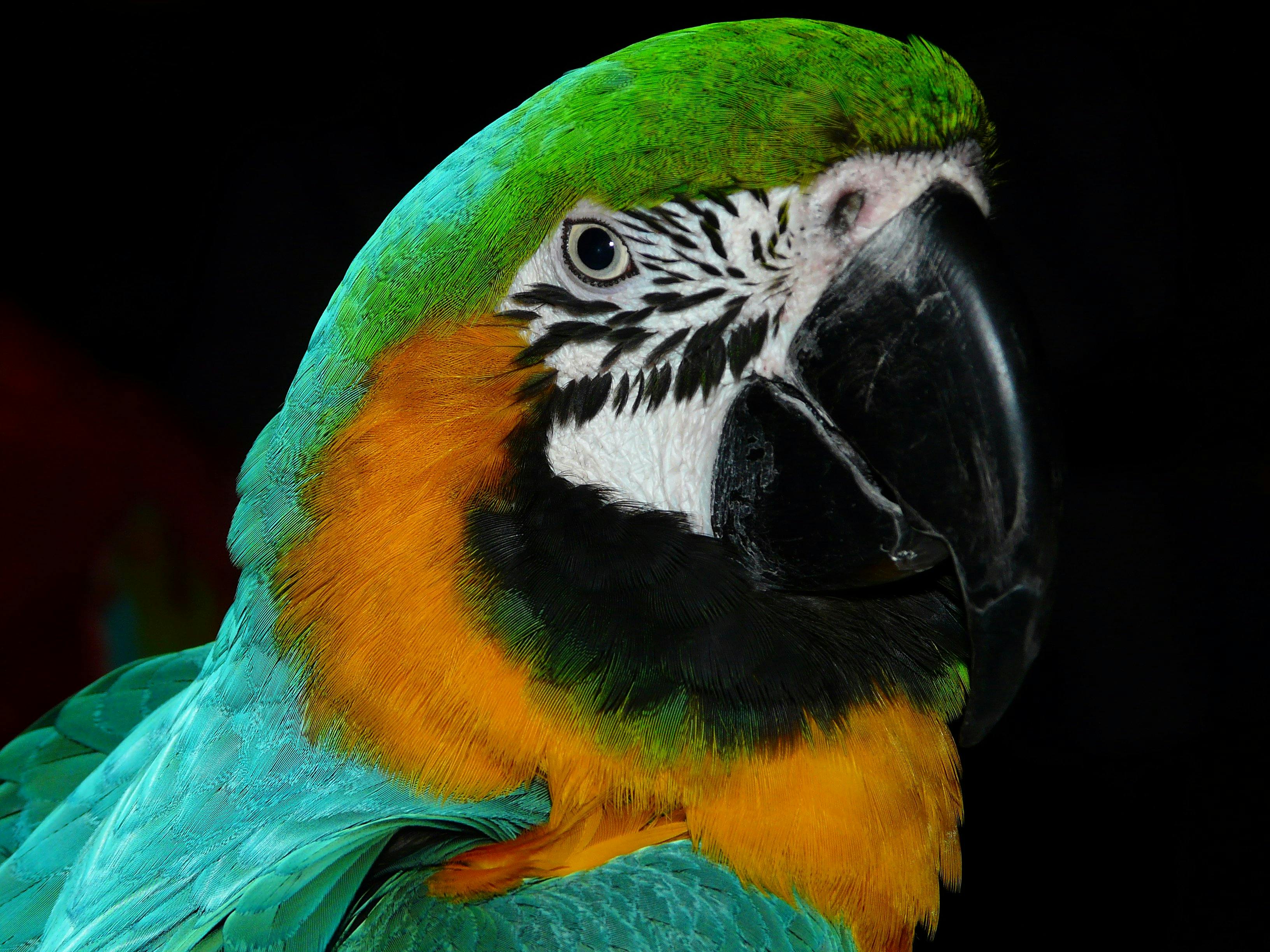
Apply Now

 Its part of generated content. Can i generate another part?
Its part of generated content. Can i generate another part?
Top 5 Effective Stock Tank Pond Tips for 2025 Season
Creating a stock tank pond is not only a practical solution for livestock watering but also a sustainable approach towards farm pond design. As we step into 2025, understanding the effective management of these ecosystems becomes paramount. Stock tank ponds provide numerous benefits, from improving livestock health through better hydration sources to contributing to sustainable farming practices and enhancing biodiversity. In this article, we’ll explore the top five tips to ensure your stock tank pond is well-constructed, properly maintained, and a valuable asset to your farm. As we unravel the key aspects of pond management, we'll delve into aspects such as water quality control and innovative pond technology. We’ll also highlight tank pond accessories that can aid in maintaining a thriving aquatic environment. Let’s dive deeper into the world of tank ponds.Understanding Stock Tank Pond Construction
The first step in setting up a stock tank pond is understanding the construction requirements. This includes choosing the right size and shape for your tank pond, as this will greatly influence water quality and livestock accessibility. It's crucial to incorporate durable stock tanks that can withstand various weather conditions, particularly frosty winters. When designing your farm pond, consider how the pond will be used. Will it primarily serve as a water source for livestock or as a habitat for fish stocking? Each use case demands different pond depths and water management techniques. Moreover, evaluating pond drainage systems is essential to ensure optimal water levels and prevent overflow during heavy rains. The proper drainage solutions can also assist in sediment management and maintaining the overall health of your pond ecosystem.Implementing Water Quality Control Measures
Water quality is the heartbeat of any successful stock tank pond. Poor water quality can lead to health issues for livestock and affect aquatic life. Implementing a consistent water testing regime using pond water quality analysis methods can help identify any potential problems early on. Incorporating aerator technology into your pond can drastically improve water circulation and oxygen levels, essential for both fish and livestock. Regularly maintaining your pond filter systems will reduce the likelihood of algae bloom and encourage a healthy, balanced aquatic environment. It's equally important to monitor the temperature, as fluctuations can impact the health of both livestock drinking from the pond and any fish species present. Managing temperature regulation can be achieved through the strategic placement of shade elements around your tank pond.Incorporating Landscaping and Erosion Control Strategies
The aesthetics of a stock tank pond should not be underestimated. Tank pond landscaping not only enhances the visual appeal but also adds layers of functionality. For instance, using aquatic plants can promote biodiversity and improve water quality by filtering excess nutrients. Moreover, effective erosion control strategies should be incorporated into your pond design. Utilizing natural buffers or vegetation around the pond can help minimize sediment runoff and maintain structural integrity. This practice not only shows care for the environment but also ensures the longevity of your stock tank pond. Connecting these environmental strategies with physical pond features can create a well-rounded ecosystem beneficial to both livestock and wildlife.Utilizing Advanced Technologies for Tank Pond Maintenance
In 2025, harnessing innovative technologies will be key to managing your stock tank pond efficiently. Automated watering systems can facilitate hassle-free irrigation solutions while ensuring livestock hydration. These setups can be tailored to monitor water levels and adjust accordingly, reducing waste. Exploring energy-efficient tank heaters can also promote year-round use of your stock tank pond, particularly in winter months. These heaters can be a cost-effective solution in maintaining water temperature, ensuring that your livestock always has access to warm water. Additionally, using advanced filtration methods and sediment control technology can significantly enhance maintenance routines, allowing you to focus on other farm management tasks while ensuring the health of your pond.Addressing Legalities and Environmental Regulations for Ponds
With the increasing focus on sustainability, understanding the legal requirements for farm ponds is crucial. Regulations surrounding water source management and livestock watering solutions have become stringent in many areas. It is advisable to stay informed about pond legalities, particularly those involving water conservation practices and protecting aquatic ecosystems. Integrating tank ponds into farms can improve overall farm productivity, but it must be done responsibly. Ensuring compliance with local laws surrounding livestock management practices and maintaining clean ponds will help avoid penalties and support sustainable farming principles. Proper fencing for ponds can also prevent livestock from entering the water source directly, protecting both animal health and pond ecosystems.
 Its part of generated content. Can i generate another part?
Its part of generated content. Can i generate another part?